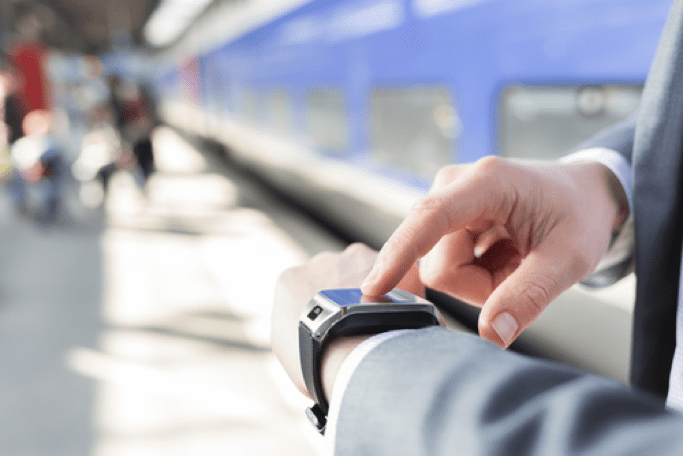 The consumer and industrial elements of the the Internet of Things and Smart Systems are colliding.
The consumer and industrial elements of the the Internet of Things and Smart Systems are colliding.
The Internet of Things has been largely bifurcated between industrial and consumer adoption, investment, and ecosystem since its inception. We saw the beginnings of the end of this distinction in 2015 and project 2016 will be a keystone year for this trend to manifest across numerous industrial and consumer markets.
Greater efficiency, lower costs drive enterprise IoT adoption
Initially, the costs of entry for networked devices and services were many multiples higher than they are today. The unrelenting need ‘to do more with less’ has had businesses squeezing every last ounce of efficiency from their products, services, systems (and people) for decades. Networked services (via the Internet, sensors) are merely another avenue for justifying investments in efficiency.
Greater novelty, lower barriers to entry drive consumer IoT adoption
Meanwhile, consumer adoption of IoT has come less from a place of efficiency and cost savings and more from very human fixation on finally realizing and making accessible concepts that previously only existed in the imaginations of science fiction writers and futurists. In other words, consumers are fascinated by how sexy it is to make our watches ‘smart,’ a la Dick Tracy, to interconnect our houses and cars a la Jetsons, and to ‘roboticize’ any and all manner of everyday objects.
The pace of adoption on the industrial side and consumer side has grown to a point of shared interest and curiosity.
This convergence will take many forms, as hardware, software, IoT platforms, gaming systems, mobile devices, and other technology interfaces continue to emerge and cross-pollinate. It will also be folded into the very evolution of industry-specific applications, as they tend to begin their IoT strategy deployments ‘internally, starting with internally-facing systems, infrastructure, or employees’ use of IoT technology, from which point the benefits encourage the company to deploy ‘external’ IoT initiatives. For example, a large makeup manufacturer might automate its systems and inventory tracking through RFID tags before deploying in-store beacons or augmented reality makeup renderings on its consumer mobile app.
Examples of this collision are manifold and reflective of the vastness and variety of applications, interfaces, and componentry that comprises the Internet of Things itself:
- Enterprise software companies like Salesforce.com building sales and service application platforms specific to Apple Watch
- Robots assisting shoppers in a home supplies retailer such as Orchard Supply Hardware
- Mattel’s 3-D printing of customized toys for kids
- Industrial discrete manufacturers, like BAE Systems, are using virtual reality to train employees, to prototype new designs and simulations, and to add new augmented reality capabilities to the products used in warfare.
- Conveying the value of ‘smart cities’ to citizens through consumer mobile apps that direct drivers to available parking spaces
(Here are Five More Examples of Consumer-Industrial IoT Collision)
Enter the Internet of People. The allure (read: significant efficiency gains) of IoT applications on the industrial side are rubbing off on the consumer side. Meanwhile, Industrial environments are, of course, comprised of employees–we’re all consumers, we’re all people, after all— making decisions, applying the design, experience, and, in some cases, cost efficiencies enjoyed on the consumer side to industrial applications.

